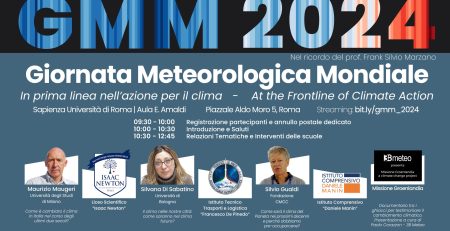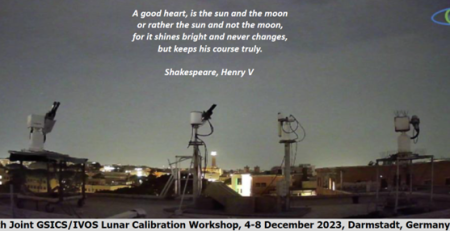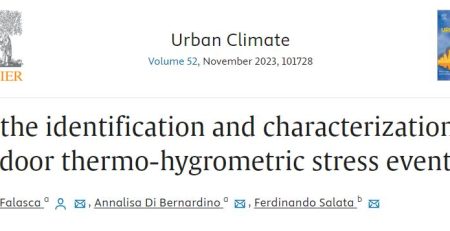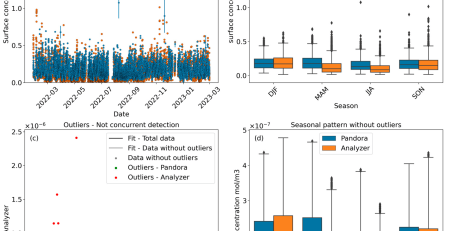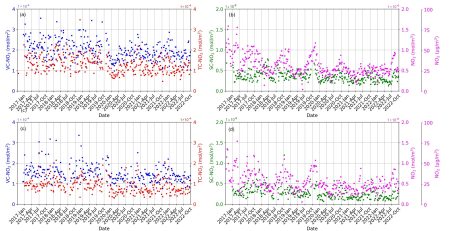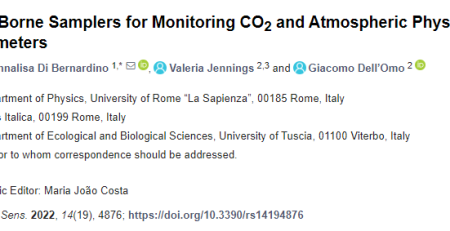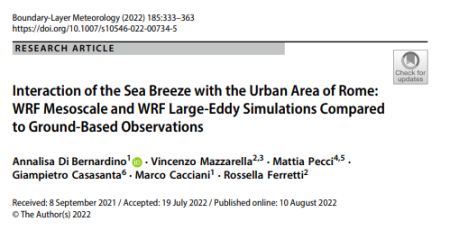Article published on Atmospheric Measurement Techniques: Aerosol optical characteristics in the urban area of Rome, Italy, and their impact on the UV index
ABSTRACT: The impact of the aerosol optical properties on the ultraviolet index (UVI) in the urban area of Rome is investigated in this study. In particular, the influence of aerosol optical depth (AOD) and single scattering albedo (SSA), estimated at the wavelength of 340 nm, and of the Ångström exponent, calculated in the range 340–500 nm, over a period of 11 years (2010–2020) in the months from March to September are analyzed. The UVI is monitored by a Brewer spectrophotometer, whereas measurements of the direct Sun and diffuse sky irradiances are performed by a co-located PREDE-POM sun–sky radiometer of the ESR/SKYNET network; the aerosol optical properties are obtained by the Skyrad MRIv2 retrieval. A novel method, based on physical principles and easily adaptable to other contexts, is developed to extrapolate the aerosol properties to the UV range during periods when only visible to near-infrared measurements are available. The retrievals from the sun–sky radiometer are consistent with the chemical characterization of urban PM10 (particulate matter 10 mm or less in diameter) samples collected during an intensive field campaign held in summer 2011 at the same site (URBan Sustainability Related to Observed and Monitored Aerosol – URBS ROMA). The PM macro components identified during the campaign are grouped in order to evaluate the contribution of the main macro sources (soil, sea, secondary inorganic, organics, and traffic) whose relative role is indeed expected to strongly affect the aerosol absorption capability. The surface forcing efficiency, calculated as the change in the UV index for a unit AOD variation, shows that AOD is the primary parameter affecting the surface irradiance under clear-sky conditions in Rome. SSA and the Ångström exponent are also identified as secondary influencing factors, i.e., the surface forcing efficiency is found to be greater for smaller zenith angles and for larger and more absorbent particles in the UV range (such as, e.g., mineral dust).











